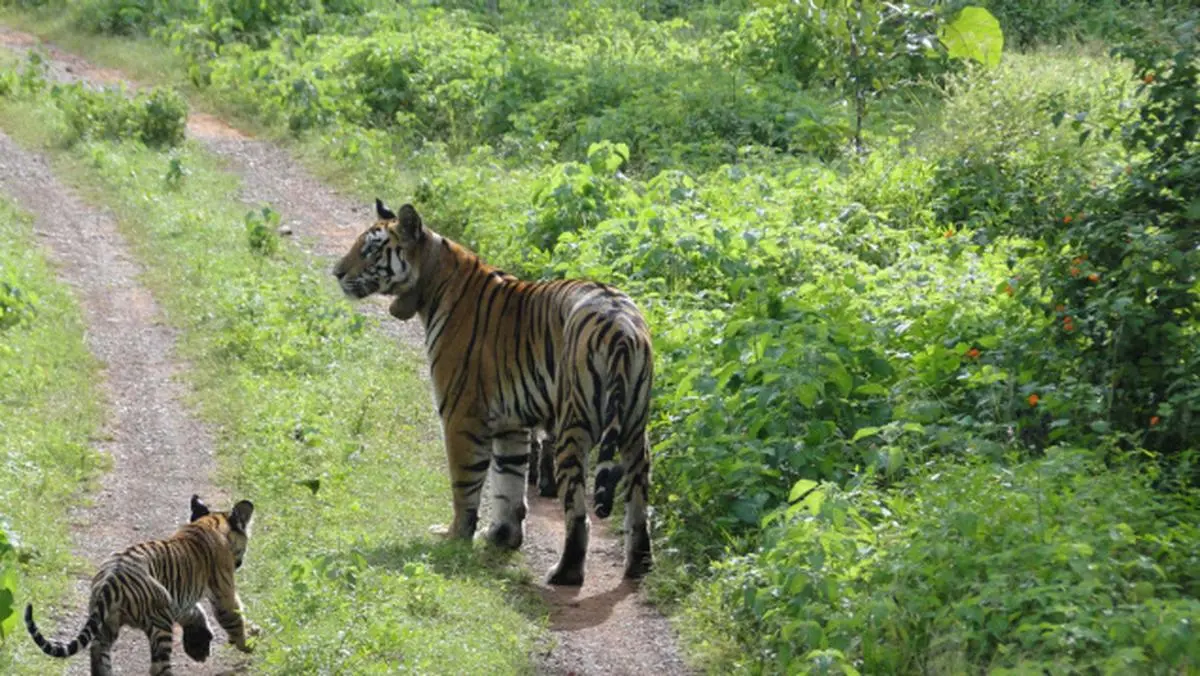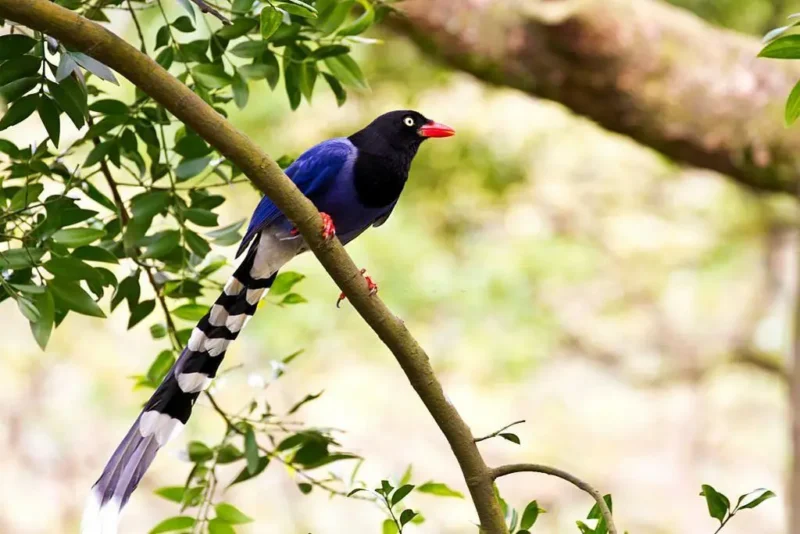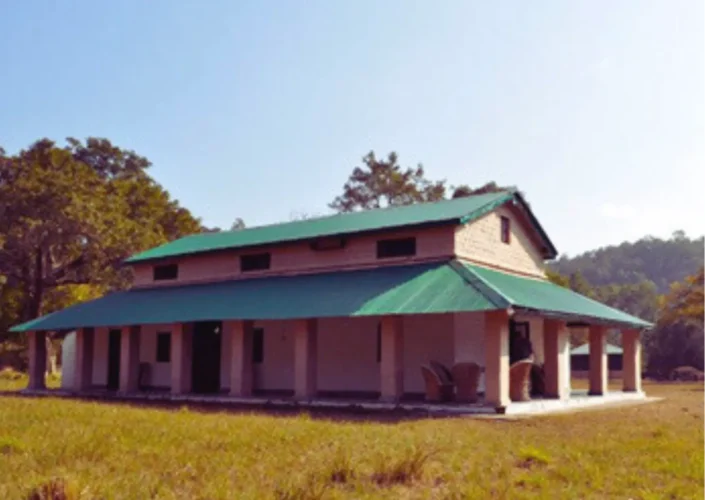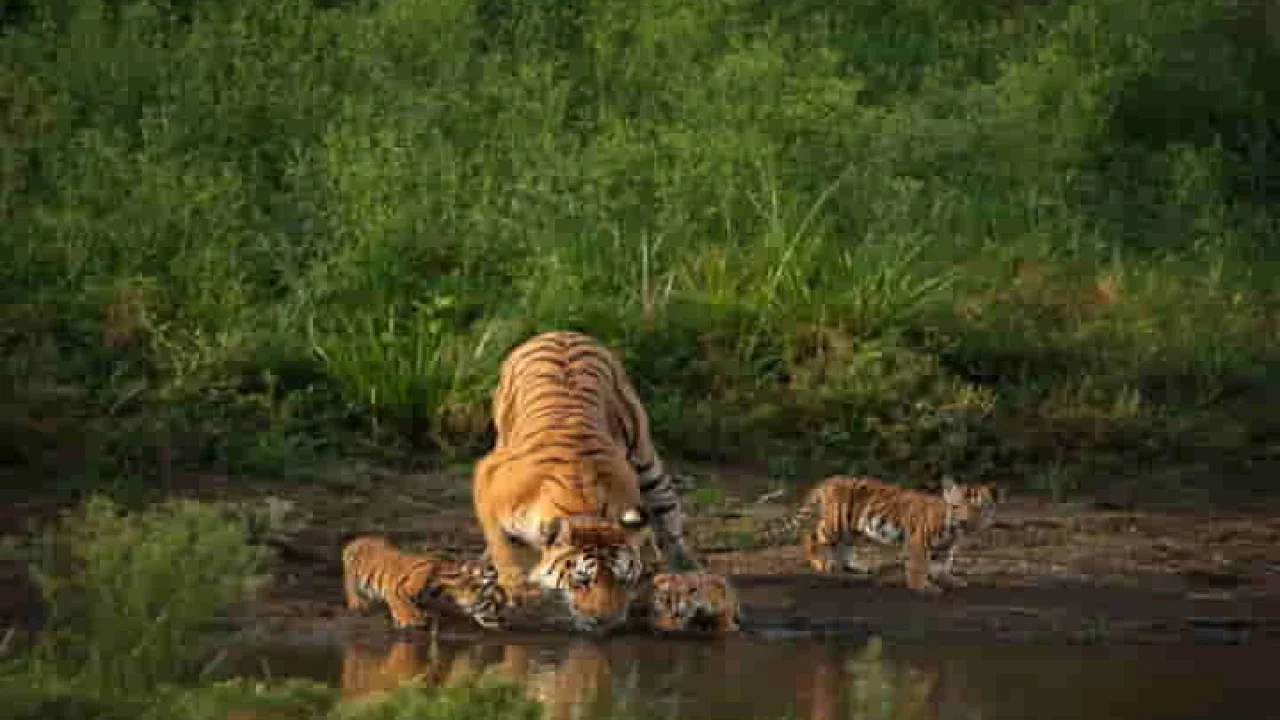Rajasthan, the Land of Rajputs, is renowned for its majestic forts, palaces, and royal history. However, beyond its regal architecture and cultural heritage lies a diverse and vibrant wildlife scene. The state is home to several prominent national parks, each offering a unique experience for wildlife enthusiasts. Among the most famous national parks in Rajasthan are Ranthambore, Jawai Sagar, Bharatpur, and Sariska. These parks are not only known for their abundant flora and fauna but also for the rich stories they hold about conservation and the harmonious relationship between wildlife and local communities.

Ranthambore: A Legacy of Tigers
Ranthambore National Park is one of Rajasthan’s most iconic wildlife destinations, steeped in history and teeming with wildlife. Once the royal hunting grounds of the Maharajas of Jaipur, Ranthambore is now a sanctuary for tigers, drawing nature lovers and photographers from across the world. The park’s rugged landscape, consisting of thorny bushes, grasslands, and a network of lakes, provides an ideal habitat for these majestic predators. The park is a haven for Bengal tigers, and it is famous for its relatively high tiger density, making sightings frequent and often up close. The park’s most celebrated tiger, Machhli, gained international fame after her battle with a crocodile, cementing her status as one of the most renowned tigers in the world. Visiting Ranthambore is not only about spotting tigers but also about immersing yourself in the historical aura of this ancient hunting ground, where the echoes of the past blend with the raw beauty of the present-day wilderness.
Jawai Sagar: The Leopard Kingdom
Jawai Sagar, another prominent wildlife haven in Rajasthan, offers a different but equally thrilling experience. While Ranthambore is renowned for its tiger sightings, Jawai is famous for its leopards. Set amidst rocky hills and vast open fields, Jawai provides a perfect home for these elusive cats. The rugged terrain of Jawai offers numerous caves and crevices, where leopards can hide and rest, making it one of the best places in India to spot these beautiful predators. What sets Jawai apart from other wildlife destinations is its unique relationship between the local communities and the leopards. The villagers who live in close proximity to the forest share a peaceful coexistence with the leopards, which are revered and respected as sacred animals. It is not uncommon to see leopards roaming freely among the villagers, a remarkable example of human-wildlife harmony. Additionally, Jawai is a haven for birdwatchers, with the Jawai reservoir being a prime location for migratory birds, especially during the winter months.
Bharatpur: A Birdwatcher’s Paradise

For bird enthusiasts, the Keoladeo National Park, also known as Bharatpur Bird Sanctuary, is a must-visit. Located in the heart of Rajasthan, Bharatpur is one of the most important wetlands in India and a UNESCO World Heritage site. The park is home to over 370 species of birds, making it a prime destination for birdwatching. It is particularly famous for attracting migratory birds from distant lands like Europe and Siberia, who flock here during the winter months. The park’s diverse ecosystem, with its marshes, ponds, and woodlands, creates the perfect breeding and feeding grounds for a variety of bird species, including the Siberian crane, pelicans, and various species of waterfowl. Bharatpur offers an ideal balance between the exploration of wildlife and the serene beauty of nature, making it an excellent stop on a Rajasthan tour. Whether you are a passionate birdwatcher or just a nature lover, the wetlands of Bharatpur will captivate you with their tranquility and abundance of avian life.
Sariska: A Hidden Gem of Wildlife
Sariska National Park, located in the Aravalli Hills, is another gem in Rajasthan’s wildlife treasure trove. Although it is not as well-known as Ranthambore or Bharatpur, Sariska has its own charm and mystique. The park has an interesting history, as it was once home to a thriving tiger population, which was unfortunately decimated due to poaching. However, thanks to successful conservation efforts, tigers have been reintroduced into the park, and sightings are becoming more frequent. In addition to tigers, Sariska is home to a variety of other wildlife, including leopards, monkeys, deer, and wild boars. The park’s dense forests, rocky hills, and ancient temples add an element of intrigue, as visitors can explore both the natural beauty and the rich historical significance of the area. Sariska is the perfect destination for those looking for a quiet yet enriching wildlife experience.
The Role of Villages in Conservation

What makes these national parks in Rajasthan even more unique is the role played by the local villagers. In Jawai, for instance, the leopards and local tribal communities live side by side, with mutual respect and understanding. The villagers have a deep connection with the wildlife around them and have long embraced sustainable practices that ensure the protection of the forest and its inhabitants. This human-wildlife coexistence is a model for other regions to follow, showing that conservation can be successful when local communities are involved and benefit from wildlife tourism.
A Journey Through Rajasthan’s Wildlife
Each of these national parks offers a distinct experience, from the legendary tigers of Ranthambore to the elusive leopards of Jawai, and the avian paradise of Bharatpur to the serene beauty of Sariska. A safari through Rajasthan is not just about spotting wildlife; it is about understanding the delicate balance between nature, history, and culture. These parks serve as vital refuges for endangered species and play an essential role in the conservation of India’s biodiversity.
Wild Earth Safari: Your Gateway to Rajasthan’s Wildlife

For those looking to explore the untamed beauty of Rajasthan, Wild Earth Safari offers curated wildlife experiences that promise unforgettable adventures. Whether you’re drawn to the grandeur of Ranthambore’s tigers, the mystique of Jawai’s leopards, the birdwatching haven of Bharatpur, or the historical allure of Sariska, we provide expert-guided tours that take you deep into these natural wonders. Our focus is on sustainable tourism that benefits both wildlife and local communities, ensuring that your visit contributes to the long-term conservation of Rajasthan’s rich wildlife heritage.
Conclusion
Rajasthan’s national parks are more than just tourist destinations; they are living examples of conservation and biodiversity. From the tigers of Ranthambore to the leopards of Jawai, the birds of Bharatpur, and the hidden beauty of Sariska, each park offers a unique and profound connection with nature. A safari in Rajasthan is a journey into the heart of India’s wild landscapes, where the ancient and the natural collide in an unforgettable adventure. With Wild Earth Safari, you can explore these magnificent national parks, gaining a deeper understanding of the delicate balance that sustains the wildlife and the surrounding communities.

